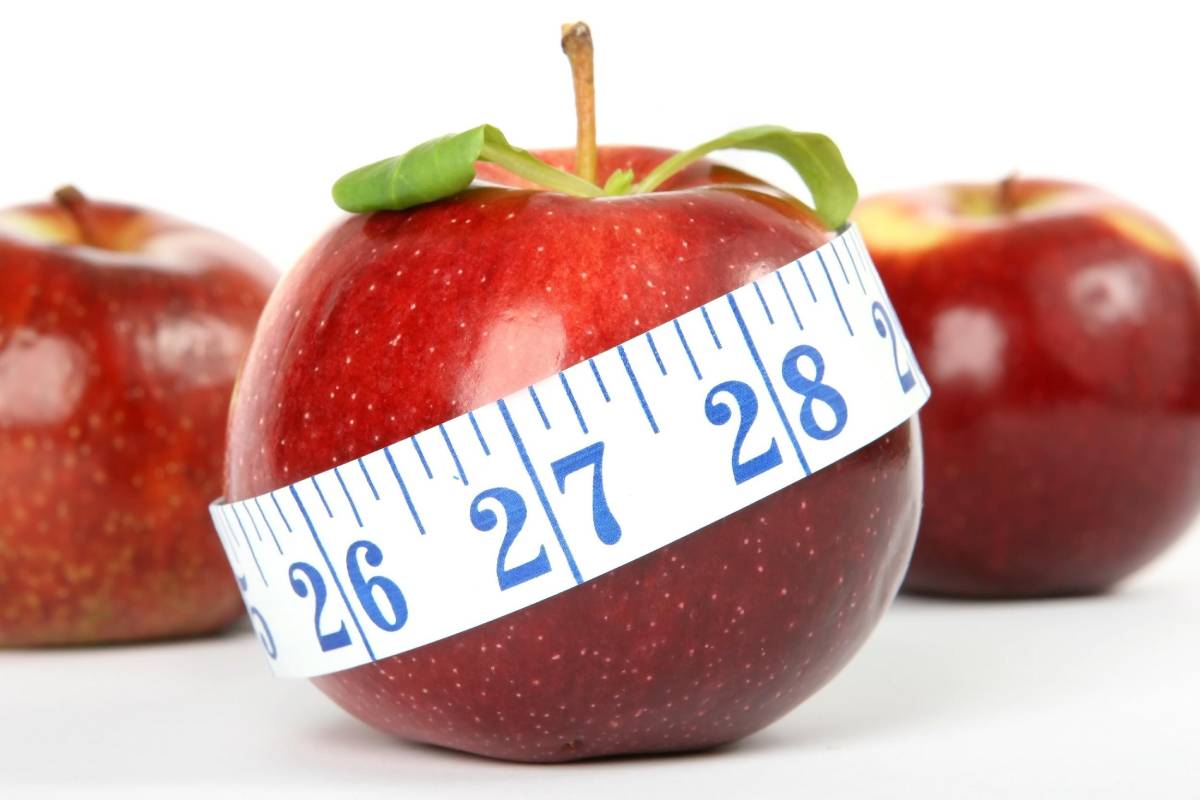Not everyone has the resources to work with a nutrition coach to meet their goals. On the other hand, the endless crash diet plan and conflicting information online can make it challenging to know what to do or trust what’s being offered.
Creating your own diet is a great way to build a custom-tailored plan that suits your needs. Here are five tips for personalizing your diet plan and being your own healthy living architect.
Table of Contents
Focus on Habits First

Everything in life comes down to habits. You can accomplish anything by building a sustainable routine that promotes success. Many leading nutrition professionals, like the masterminds at Precision Nutrition and app-based wellness program Noom, are using the habit-based approach because it works.
How do you build habits? By taking it one step at a time. Before you focus on cutting things out of your diet, look at things you can do a little better to promote health. Start with something simple, like hitting a daily water intake target. Once you’ve hit that target for a full week, add something else, such as eating a serving of vegetables with each meal.
Find Your Targets

While building healthy habits is the perfect starting point for creating your own diet plan, you’ll also want to know your food intake targets for your goals.
There are a lot of different ways to identify your targets. The overarching theme is focusing on portion control. Whether you choose to calculate your macros or count calories, having a number to target can help you meal plan accordingly.
Track and Analyze

It’s not enough to build habits and count your portions; you need a way to analyze your success. For the best overall picture of what’s happening with your body, you’ll want to use more than one way to track and analyze your progress.
Some common ways to measure progress include:
- Weighing yourself on a scale
- Taking measurements using a measuring tape
- Progress photos
- Emotional and physical feelings (i.e., better energy levels, improved moods)
- Changes to how clothing fits
It’s crucial that you don’t rely solely on a scale, as they aren’t an accurate indicator of overall health. The scale will fluctuate based on how much water you’re retaining, how much muscle you’ve gained, etc. Use various measuring methods to track your progress and focus on non-scale victories.
Outcome-Based Decisions

Once you’ve collected and analyzed your data, make smart decisions based on the results. Sit down on a weekly or bi-weekly basis to look at the numbers and determine what’s working and what isn’t.
For example, if you’ve been following your eating plan for two weeks and the scale hasn’t moved, you might consider slightly altering your portions. Alternatively, if the scale hasn’t moved, but your tape measurements and energy levels have shifted, you might choose to remain the same for another week.
Outcome-based decision-making allows you to stay the course while making minor adjustments, rather than getting frustrated and quitting.
Play the Long Game

One of the hardest things to accept when creating a diet plan is that there is no quick fix. Any miracle cures that allow you to lose a lot of weight quickly without changing your habits will cause more heartache down the road. Getting to where you are today didn’t happen overnight, and neither will get to where you want to be.
Accept that you’re making a commitment to a process. Your progress won’t be linear: there will be ups and downs. By building habits, and tracking and analyzing the results of your strategic decisions, you’ll be able to measure progress over time.
Some days it may seem like you’re moving backward, but you’ll get to your destination eventually. Better yet, you won’t backslide once you get there.
Helpful Resources:
1. Best Exercises For A Complete Back Workout
2. Pilates exercises to do at home

